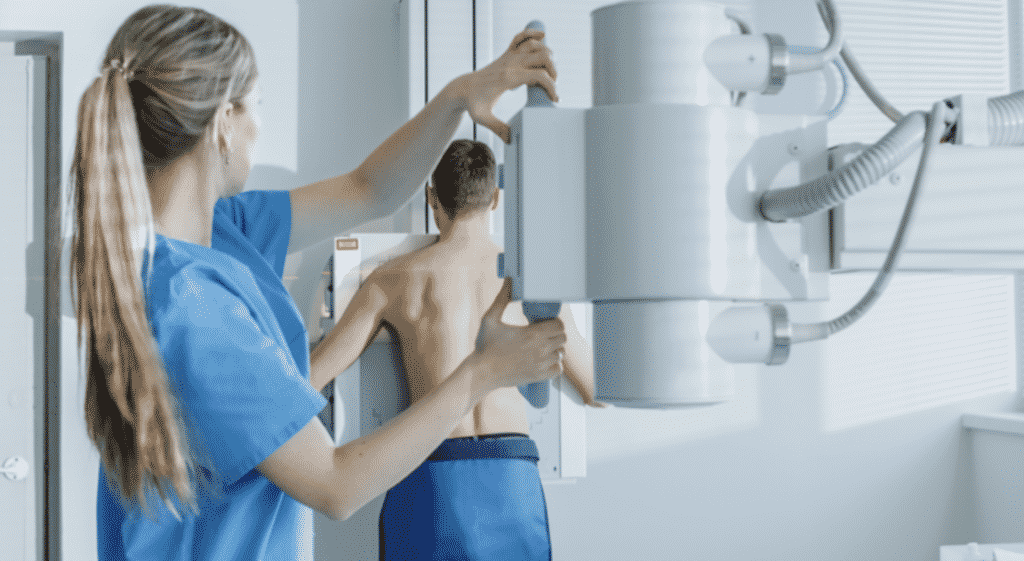Radiation can pose considerable risks to patients who get exposed to it. It can bring about cancerous cells into the victim’s body and lead to the death of other cells. If you are the type of person who gets exposed to toxic radiation, it’s crucial for you to guard yourself appropriately.
One way to do so is by using a lead apron. These are protective equipment used in x-ray labs to protect patients and workers from excessive exposure to the machine’s radiation. If you would like to know about the history of these precious jackets, this article goes deep into account to learn more about their origins.
How the x-ray was discovered
Before we discuss how scientists discovered the apron, it’s essential to know the discovery of the x-ray. In the late 1800s, there was a German mechanical engineer and physicist known as Wilhelm Rontgen. While he was at his lab in 1895, he was carrying out an experiment where he was trying to investigate the external effects of the various types of vacuum tube equipment when you place an electric charge on them.
During the experiment, he noticed that the invisible cathode rays brought about a fluorescent effect on the cardboard, which he used to protect the aluminium window from damage. He named the impact the X-rays. “X” in this case meant unknown.
How he started using the apron
He continued carrying out experiments in secret. During this research time, he was trying to find out how different materials could stop the rays. He then bought a small piece of lead to see how it would react, and the results were fantastic. He was even able to see the first radiographic image by seeing his flickering ghostly skeleton.
He shared his discovery with other scientists worldwide who adopted cathode ray tube experiments. Nonetheless, it was not until the 1950s that scientists started to recommend patient-lead shields. They found out that exposure to vast doses of x-ray could lead to potential DNA damages and congenital disabilities.
The apron became standard protective wear for x-ray technicians who also had to wear a pair of protective gloves to prevent contact with the radiation from the X-rays. The first aprons consisted of a piece of cloth knitted together with another layer of lead on top.
Modern aprons
For more than half a century now, scientists have been able to improve these protective gears. They are in use in almost all medical facilities to protect both the patient and workers from radiation exposure. Medical experts continue to research and reassess the use of these gears even though today’s equipment does not produce much less radiation than older ones, primarily if operated properly.
Patients must wear lead shielding during an X-ray appointment to protect their organs from radiation.
